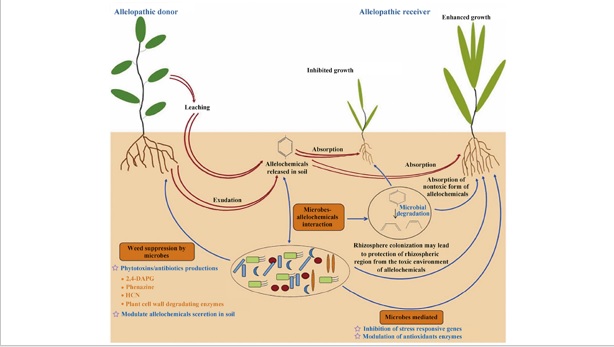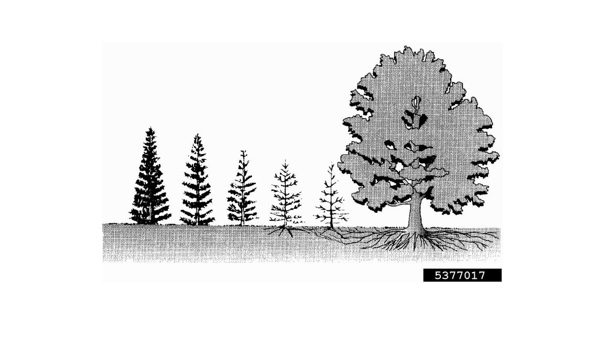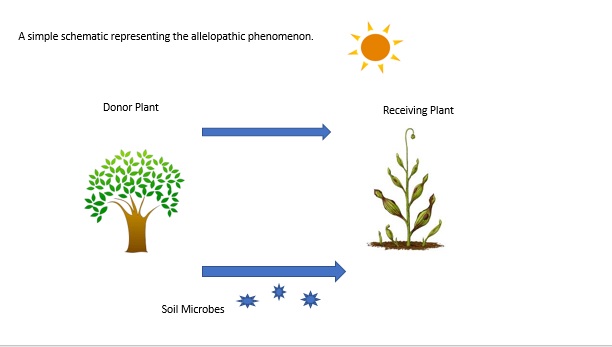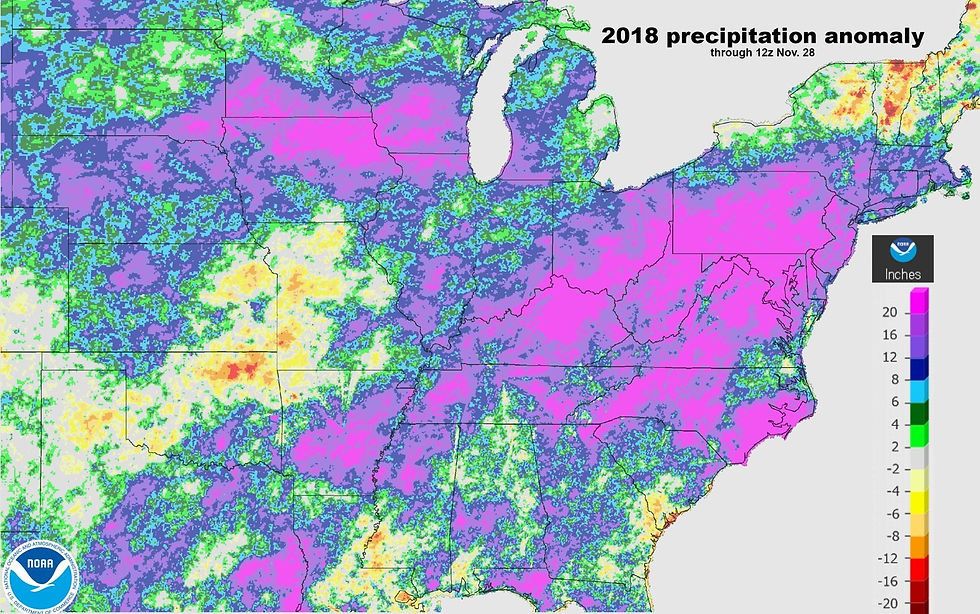What is Allelopathy?
- Watershed Moments
- Jun 23, 2017
- 3 min read
The subject of Allelopathy is challenging and complex.
Allelopathy is any direct or indirect, negative or positive influence of one plant on another through the release of chemicals. From the Greek “allelo” and “pathos” literally mutual or reciprocal suffering, coined in 1937 by Hans Molisch. A growing body of evidence suggests that plants can recognize and responding to neighboring plants in a species-specific manner. Research is being done on the topic by the International Allelopathy Society.
Companion planting as described in John Jeavons, book “How to Grow More Vegetables* is a great tool to learn more than you ever thought possible on less land than you can imagine”. Companion planting -a future blog topic - is the use of plant relationships encouraging life and growth. Allelopathy is the inhibition of the growth and development of one plant by another. According to research from the University of Minnesota Extension SULIS: Sustainable Urban Landscape Information Series, “Allelopathic chemicals act in a variety of ways. Some retard growth or inhibit germination by disrupting cell division. Some interfere with respiration and other energy-transfer processes. Many affects by inhibiting water and nutrient uptake. In some instances, allelopathy prevents the establishment of a plant or kills established plants, but most often it simply reduces plant growth.”
Although this research spends time on turf and tree relationships, it can be applied to stream restoration plant choices to increase success, biodiversity, potentially prohibit invasive species and the use of chemical applications. There is a list of trees, type of chemical produced by those trees and the affected species. Some of those trees are Phenolics, Coumarins, Terpenoids and Juglone, most commonly associated with Black Walnut trees and their effect on Birch and Pine trees, Rhododendrons/Azaleas and members of the nightshade family. Often on projects Oaks and Sycamores produce Coumarins and are planted next to grasses which are affected. Southern Red Oaks affect Sweetgums, Laurels affect Spruce trees and perennial rye affects Flowering Dogwoods.
Allelopathic chemicals can also be harmful to human health. Many of the documents on this topic referenced the Black Walnut toxin, juglone. In the 20th century doctors prescribed juglone to treat various skin conditions. It is still found in hair dye and cosmetics. Lazy fisherman have been known to dump walnut hulls into ponds to take advantage of juglone’s toxic effect, the stunned fish would float to the surface, then were collected. A few years ago, our Business Development Manager, Jimmy Dick and his daughter did a small landscape job for a neighbor, who had been suffering from toxic overload. At the time, she was on four medications, had replaced the plants around the Black Walnut tree 3 times, prior to its’ removal in 2015. Jimmy phoned her to discuss how her health is since the trees was “sadly” removed two years ago. She misses the tree and the squirrels it attracted, but she is also off all the medications and feeling wonderfully. A 2005 study from the journal Toxicology and Applied Pharmacology, did indeed find that juglone induced death in the human cells researchers applied it to. Scientists are now thinking that juglone can be used to produce an apoptosis response in something nasty inside us- like cancer.
On commercial stream restoration or wetland projects, we are contractors and will always follow the plans and specifications within the bidding documents. Plant decisions are typically made by a landscape architect. Their objectives are to re-vegetate the site and their concerns are to stabilize the site to reduce erosion, typically using fast growing grasses, such as ryes. Trees, shrubs and perennials are also part of the mix as well. The landscape architect has many things to consider, using friendly plant species could soon be part of their process. EQR’s landscaping staff plans to work with the landscape architectural and stream restoration design community to observe how well species perform together, tally the results and develop a list or chart to reference. Because contractors warranty the survivability of the plant species the risk and therefore cost are passed on. This research could minimize mortality, reduce the costs of projects and increase the biodiversity on these projects.
Contact EQR
As environmental construction experts for over 26 years, Environmental Quality Resources is proud of our mission of working outdoors to preserve and protect our watershed in a positive way. Visit us online or give us a call at (410) -923-8680 to get more information and see if we are what you’re looking for. Looking to see what we are currently working on and more about our company? Follow us on Facebook, Instagram, LinkedIn, Twitter, and YouTube!
















Comments